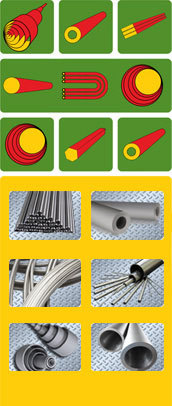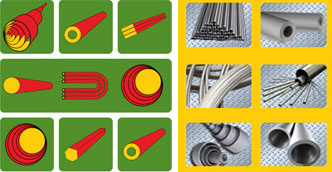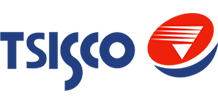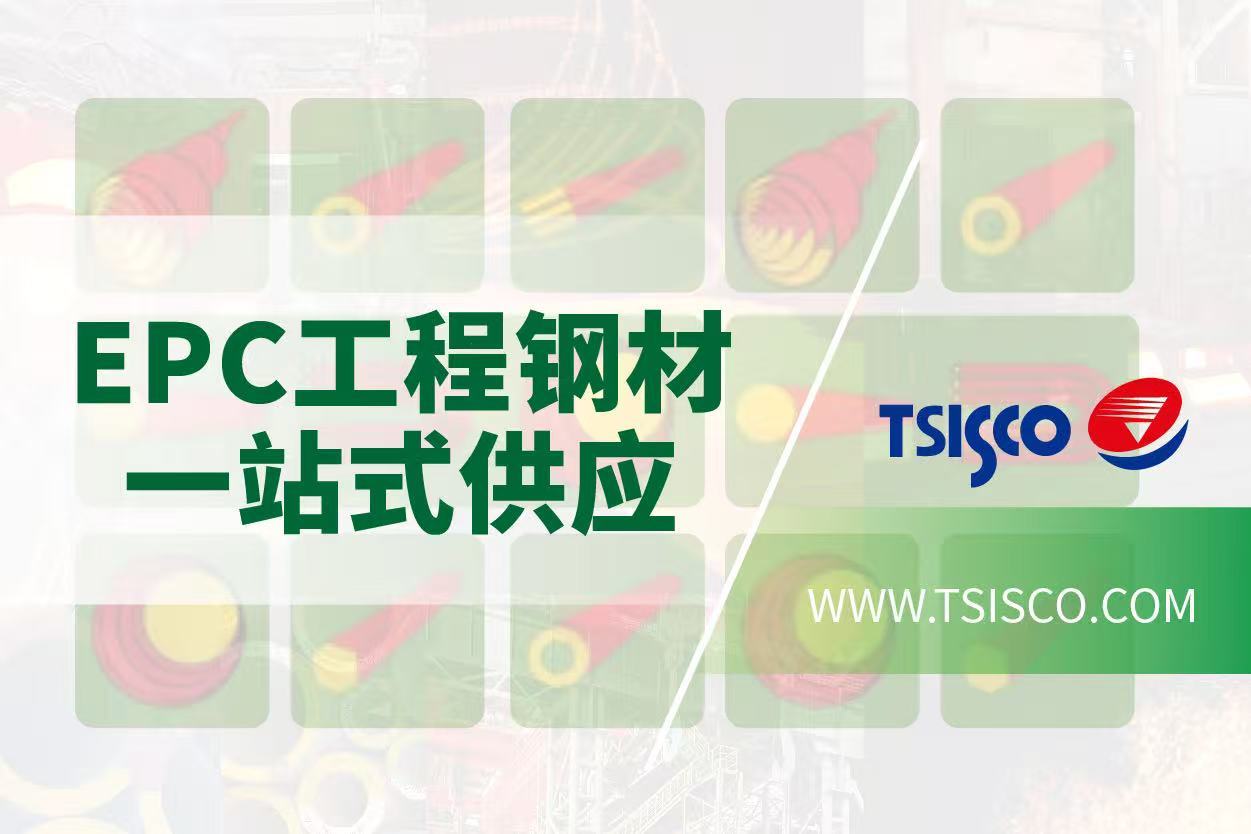-
Products & Solutions
Mining Machinery Steel
Mining Machinery Steel

Mining Machinery Steel — Plates / Pipes / Bars (incl. Sections) Comprehensive Guide
Meta Title (≤60): Mining Machinery Steels | Wear Plates, HS Plates, Alloy Bars & Precision Tubes
Meta Description (≤160): Complete guide to plates, pipes, bars and sections for mining machinery: service conditions, material systems, sizes, surface engineering, QC, and ordering checklist.
Keywords: mining steel, wear plate, Hardox, NM500, S690QL, 42CrMo, manganese steel, hydraulic honed tube, slurry pipe, ceramic lining, WPS/PQR, UT testing, QPQ, EN 10305, API 5L
1) Operating Conditions & General Requirements
Mining machinery faces severe abrasion, high impact, heavy-load fatigue, wet corrosion, and slurry/dust. Low/high temperature, frequent starts/stops, torsional vibration, and pitting are common. Selection must ensure:
• Wear resistance (sliding, scouring, impact abrasion)
• Strength & stiffness (yield/tensile/deflection control)
• Impact & low-temperature toughness (−20°C to −40°C)
• Weldability & manufacturability (low-hydrogen, preheat/interpass control, straightening/tempering)
• Corrosion protection & surface engineering (coatings, linings, hardfacing, clad/compound)
Typical duty scenarios:
• Severe wear: ore scouring and sliding abrasion (hoppers, chutes, liners, conveyors).
• High impact: crushing/loading, bucket tooth seats, hammers, liners.
• Heavy-load fatigue & torsional vibration: drive/drum shafts, slewing bearing seats, chassis beams.
• Pressure/sealing: hydraulic tubes/cylinders, oil/gas lines.
• Environmental corrosion: humidity, chloride-laden mud water, outdoor rain/snow, low-temp embrittlement.
Material system overview (by function)
• High-strength load-bearing: frames/booms/chassis → Q460–Q960, S690QL/QL1, ASTM A514 (T1).
• Wear parts: hoppers/buckets/liners/screens → NM400/450/500, Hardox® 400/450/500, hardfaced/bimetal plates.
• Impact-resistant Mn steel: jaw plates, liners, hammers → Mn13, Mn13Cr2, Mn18.
• Shafts/gears: shafts, pins, gears, drums → 42CrMo/42CrMo4, 34CrNiMo6, 40Cr; EN-GJS ductile iron alternatives.
• Hydraulics: cylinder tubes/rods/high-pressure lines → E355/E470 (EN 10305-1/-2/-4), 25MnV, 20CrMo, QT + honed bores; rods 42CrMo + induction hardening / hard chrome / Ni-Cr plating.
• Conveying/slurry lines: API 5L L245–L415 or Q345B/C with rubber/ceramic/PU lining or metal-composite pipes; elbows may use thick-wall cast wear-resistant (Cr-Mo) or induction bends with lining.
• Corrosion resistance (wet beneficiation/chemicals): 304/316L, 2205/2507, 904L; critical segments may adopt Ni-base alloys (C-276, 625).
2) Plates (Plate / Sheet / Composite Wear Plates)
Wear-resistant plates
Typical grades: NM400/450/500/600; Hardox® 400/450/500; GB/T 24186
Performance: HBW 360–600, impact-abrasion resistance with adequate toughness
Size range: 6–50 mm (common 8–40 mm), up to 80 mm
Applications: hoppers, buckets, cutting edges, dozer blades, crusher liners, chutes, deflectors, screens
High-strength structural plates
Typical grades: Q460D/E, Q690D/E; EN 10025-6 S690QL/QL1; ASTM A514
Performance: YS ≥ 460/690 MPa; impact qualified at −20/−40°C; good weldability
Size range: 10–120 mm; width ≤ 3200–4200 mm; length ≤ 18 m
Applications: dump-truck frames, booms, chassis beams, hoisting gear, trestle structures
Austenitic manganese steel
Typical grades: Mn13, Mn13Cr2, Mn18
Performance: strong work-hardening, shock resistance
Size range: castings or thick plates to order
Applications: jaw plates, impact liners, shock-loaded crusher parts
Composite wear plates
Typical grades: hardfaced bimetal (carbon steel + Cr₇C₃); explosive/rolled cladding (stainless/Ni-base overlays)
Performance: long life under combined abrasion + corrosion
Size range: base 8–30 mm + overlay 3–10 mm
Applications: chutes and transfer stations with severe abrasion/corrosion
Fabrication notes: use low-hydrogen welding; control preheat/interpass/heat input. Dissimilar/thick joints need WPS/PQR. Prefer plasma/laser cutting plus edge grinding to mitigate HAZ embrittlement.
3) Bars & Sections (incl. Forgings)
Alloy round bars
Typical grades: 40Cr, 42CrMo/42CrMo4, 34CrNiMo6, CK45
Performance: high strength/toughness/fatigue; Q+T; optional induction hardening (HRC 50–60) or carbo-/nitrocarburizing
Size range: Ø 20–300 mm; larger for forgings
Applications: main/drum shafts, pins, gear blanks, wheel rims
Tool/special steels & high-Mn steels
Typical grades: ZGMn13/Mn18; high-Cr cast steels
Performance: extreme wear resistance with impact hardening
Size range: per casting/forging shape
Applications: crusher hammers, jaw plates, impact parts, grinding media, drilling/rock tools
Sections (H/I/U/angles)
Typical grades: Q345B/C/D, S355J2, S460
Performance: structural stability, weldability
Size range: section depth 100–600 mm
Applications: mine supports, equipment foundations, large frames, walkways/trestles
Forgings & hollow shafts
Typical grades: 42CrMo, 34CrNiMo6
Performance: open/closed-die + Q+T for heavy load/torque
Size range: to drawing
Applications: heavy connectors, slewing-bearing seats, hubs
Notes: shafts/pins—42CrMo Q+T with surface hardening; gears—20CrMnTi case hardened or 42CrMo Q+T + surface hardening. Large forgings: 100% UT to Level 2 or higher.
4) Pipes / Tubes
Functional groups
• Structural/process tubes: frames, drums, conveyors, travel system skeletons.
• High-pressure hydraulic & cylinder tubes: require high cleanliness and honed ID precision.
• Slurry/tailings/drainage/ventilation: high flow; severe abrasion or large diameter at low pressure; often lined or non-metallic.
Structural tubes (hot-formed)
Grades: Q345B/C, S355J2H (EN 10210), ASTM A500
Performance: strength, weldability, bend/torsion resistance
Size: OD 60–1016 mm; WT 4–40 mm; L 6/12 m
Use: drum shells, bridges/trestles, supports
Precision seamless & hydraulic tubes
Grades: EN 10305-1/-2/-4 (E355/E470), GB/T 3639; 20CrMo, 25MnV (high pressure)
Performance: high pressure rating; honed ID H8–H10; straightness/cleanliness
Size: cylinder ID 40–500 mm; WT 6–50 mm; line OD 6–114 mm
Use: hydraulic cylinders, piping, accumulators
Slurry/tailings wear pipes
Grades: Q345, API 5L; rubber/PU/ceramic/metal-composite linings
Performance: extreme abrasion + impact; flanged/grooved connections
Size: OD 159–610 mm; WT 8–40 mm (thick-wall)
Use: concentrate/tailings transport; elbows/tees with thick or ceramic lining
Large drainage & ventilation pipes
Grades: HDPE, FRP, welded steel (optional lining)
Performance: light, corrosion-resistant, high flow, easy installation; low/atmospheric pressure
Size: DN 400–2000+
Use: underground ventilation and main drainage trunks
Protection: external epoxy/epoxy-zinc/polyurea/thermal-spray Zn; internal rubber/PU/ceramic/enamel/metal-composite per medium. Elbows/tees are wear hot-spots—use thick/ceramic-lined parts.
5) Size Distribution Traits (thick/large/bimodal)
• High share of thick/extra-thick plates: 10–80 mm typical; critical nodes up to 120 mm.
• Large diameters prominent: ventilation/drainage DN 400–2000+; slurry pipes OD 159–610 thick-wall.
• Bars trend large: shafts/pins/hubs Ø 60–200 mm; critical shafts > Ø 300 mm.
• Hydraulics are bimodal: small-OD thin-wall precision lines vs. medium/large-OD thick-wall honed cylinders.
6) Surface Engineering & Linings
• Wear systems: hardfaced bimetal (Cr₇C₃), thermal spray WC, fused alloy layers; modular replaceable liners.
• Corrosion systems: epoxy, epoxy-zinc + topcoat, FBE, polyurethane, thermal-spray Zn; wet areas may adopt stainless/duplex overlays or metal cladding.
• Pipe linings: rubber/PU for scouring/noise; ceramic tiles/coatings for extreme abrasion; metal-composite for combined abrasion + corrosion.
• Piston rods: hard chrome or Ni-Cr + QPQ for wear/corrosion resistance.
7) Quality Control & Verification
• Chemistry/cleanliness: melt/optical spectrometry; low P/S; inclusion rating.
• Mechanical: yield/tensile/elongation, Charpy (−20/−40°C); HBW for wear plates.
• Geometry & bores: honed H8–H10; straightness/ovality; plate flatness/residual stress.
• NDT: UT (plates/shafts/welds), MT/PT (surface), RT (welds).
• Pressure/sealing: hydro tests for tubes/cylinders; pneumatic tightness & fatigue for systems.
• Welding qualification: WPS/PQR; tight control of preheat/interpass/post-heat; tempering & hardness-rebound where needed.
8) Quick Selection by Service
• High impact + moderate wear → Mn13/Mn18 (jaw/impact liners).
• Severe abrasion + moderate impact → NM450/500, Hardox 450/500 or hardfaced composites (chutes/deflectors/screens).
• Ultra-heavy structures → S690QL/QL1, ASTM A514, Q690E (verify −40°C impact & welding).
• Slurry/tailings → Q345/API 5L thick-wall + rubber/ceramic/PU lining; elbows ceramic-lined or over-thick.
• Hydraulic cylinders/lines → EN 10305 E355/E470 (honed); rods 42CrMo with surface hardening and hard chrome.
• Wet/chemical/corrosive → 316L/2205/2507; extreme zones C-276/625 or metal-clad overlays.
9) Ordering & Technical Agreement Checklist
• Components & load cases (static/impact/abrasion/temperature/medium)
• Grade & standard (equivalents), delivery condition (TMCP/N/Q+T/hardness range)
• Dimensions (plate t/width/length; pipe OD × WT × L; bar/forging billet & machining allowance)
• Targets (YS, impact temperature/energy, hardness or case depth)
• Welding & heat treatment (preheat/interpass/post-heat, consumables, PWHT)
• Protection (coating/lining/hardfacing, surface roughness, cleanliness)
• Inspection & third-party (UT class, pressure tests, dimensions/hardness, TÜV/SGS/BV/LR witnessing)
• Docs & traceability (MTC EN 10204 3.1/3.2, heat/batch numbers, manufacturing & inspection records)
Tags:











